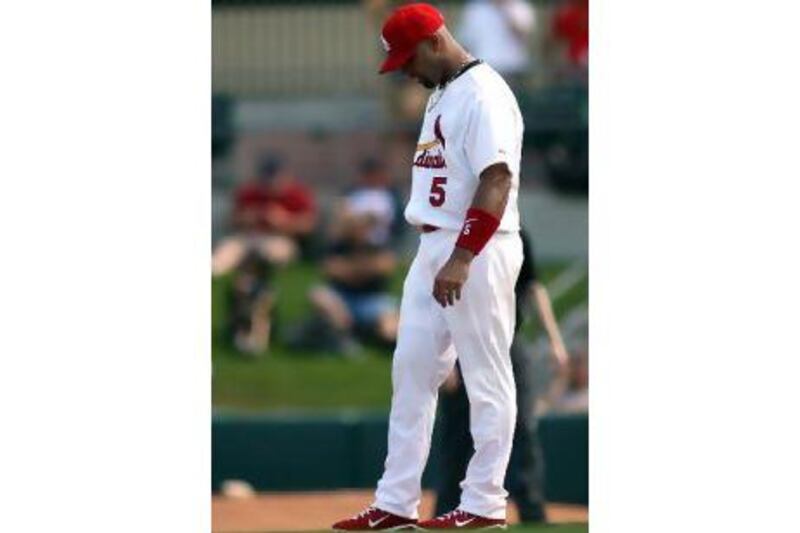Last week, there were two no-hitters thrown and another one was broken up in the seventh inning. Across the game, the number of runs scored is down and the power supply is running low.
It could turn out that last season's Year of the Pitcher might not have been a fluke.
Gone, for the most part, are the home run derbies and 10-9 slugfests that were commonplace only a few years ago. In their place: low-scoring games dominated by pitching.
The trend has gone on long enough so that few believe it is an aberration.
And while no one is forecasting a return to the kind of games that were prevalent in the early 1960s, neither is anyone suggesting that games inflated by players using performance-enhancing drugs (PEDs) are coming back, either.
Players, coaches and officials were surveyed to ask why they thought pitching was back. Not surprisingly, they had a number of theories.
• Drug testing. This is the most obvious reason for the drop off in runs. Once baseball put some teeth into its drug testing programme, real punishment and consequences, the plethora of players hitting 40 to 60 home runs a season all but disappeared.
It took some time for the pitchers to catch up and adjust, but with the programme in place for several seasons, the pendulum has swung the other way and pitchers are dominating the way hitters were a few seasons back.
• Lack of contact. Hitters fell into some bad habits during the PED era. Everyone saw the rewards that came with hitting homers and before long, even small-sized middle infielders were swinging for the fences.
Those habits are hard to break, sending strikeout totals soaring.
It was once shameful to strike out 100 times per season. Now, it is practically routine. One player, Mark Reynolds, has struck out 200 or more times in each of the last three seasons and yet was still in such demand that the Baltimore Orioles traded for him from the Arizona Diamondbacks.
More strikeouts mean fewer balls in play, and, by extension, fewer runs scored.
• Draft strategies are paying off. With offensive numbers surging, teams attempted to scout, sign and develop hard-throwing pitchers to combat all the muscle-bound hitters. Pitching takes time to develop and now, those pitchers selected in the earlier part of the 2000s are beginning to make their mark in the majors.
• The growing popularity of the cut fastball. In the 1980s, it was the split-finger fastball that vexed hitters. Now, it seems every young pitcher throws a cutter - a pitch, most hitters agree, is extremely tough to hit, or at least, hit hard.





